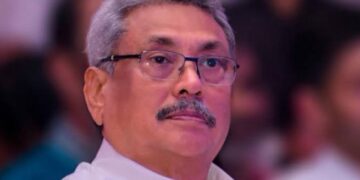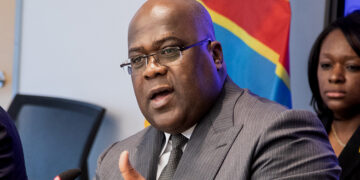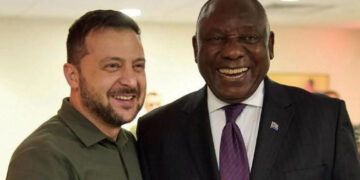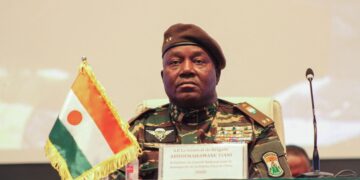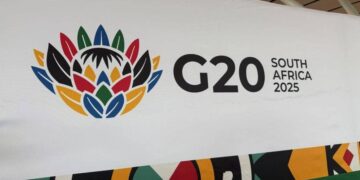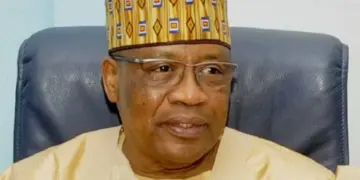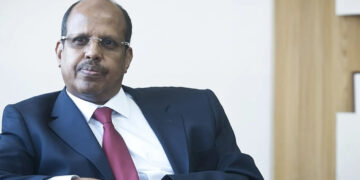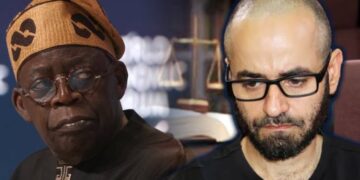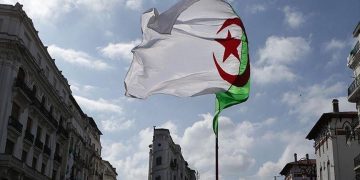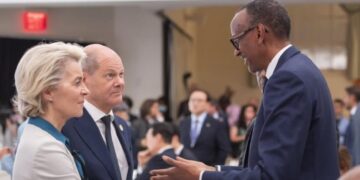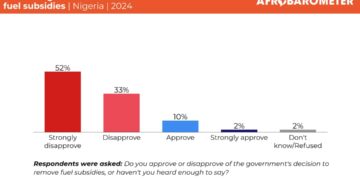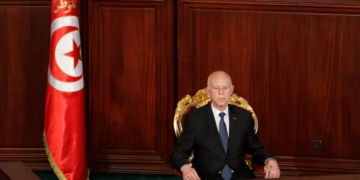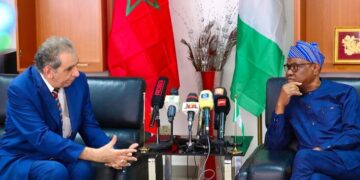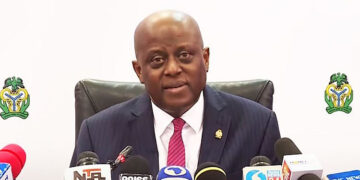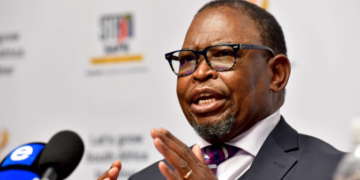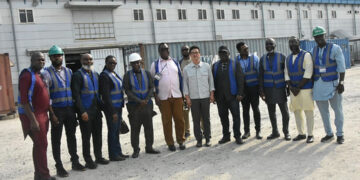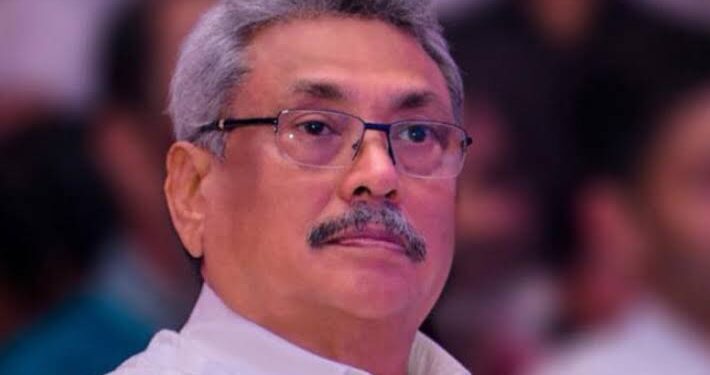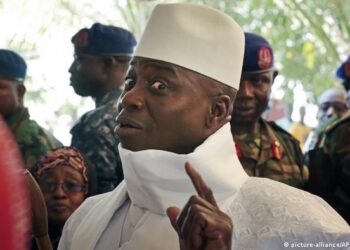By Enyichukwu Enemanna
Gotabaya Rajapaksa has finally resigned as pr6esident of Sri Lanka after fleeing to Singapore in the face of mass protests at home over his rule.
He is believed to have wanted to leave Sri Lanka before stepping down in order to avoid the possibility of arrest under a new administration.
The cost of food, fuel and other basic supplies have soared for Sri Lankans.
In the capital Colombo, delighted demonstrators greeted news of the President’s departure with dancing.
Mr Rajapaksa arrived in Singapore after first flying to the Maldives on Tuesday night. Reports say he is accompanied by his wife and two bodyguards.
Singapore’s foreign ministry said Mr Rajapaksa had not ask for asylum or been granted asylum. “Singapore generally does not grant requests for asylum,” it added.
The acting President, Ranil Wickremesinghe, does not formally become interim president until he is sworn in.
Once sworn in he has 30 days for Parliament to endorse him. If they do not, MPs need to hold a vote for a new president.
The resignation letter was sent by email to the Speaker of Parliament, who said he would complete legal processes and announce it officially on Friday.
Mr Wickremesinghe on Thursday imposed a curfew for a second day. His Government ordered a curfew from noon (06:30 GMT) to 05:00 Friday to quell protests.
The streets of Colombo were calmer as anti-government demonstrators began leaving some of the official buildings they had occupied.
“We are peacefully withdrawing from the presidential palace, the presidential secretariat and the prime minister’s office with immediate effect, but will continue our struggle,” said a spokeswoman for the protesters.
Mr Wickremesinghe was appointed acting President by President Rajapaksa after the latter fled – but the decision triggered further protests demanding the PM also resign.
One person died and 84 others were injured during Wednesday’s protests, which took place at key landmarks around the capital, Colombo, including the prime minister’s office.
